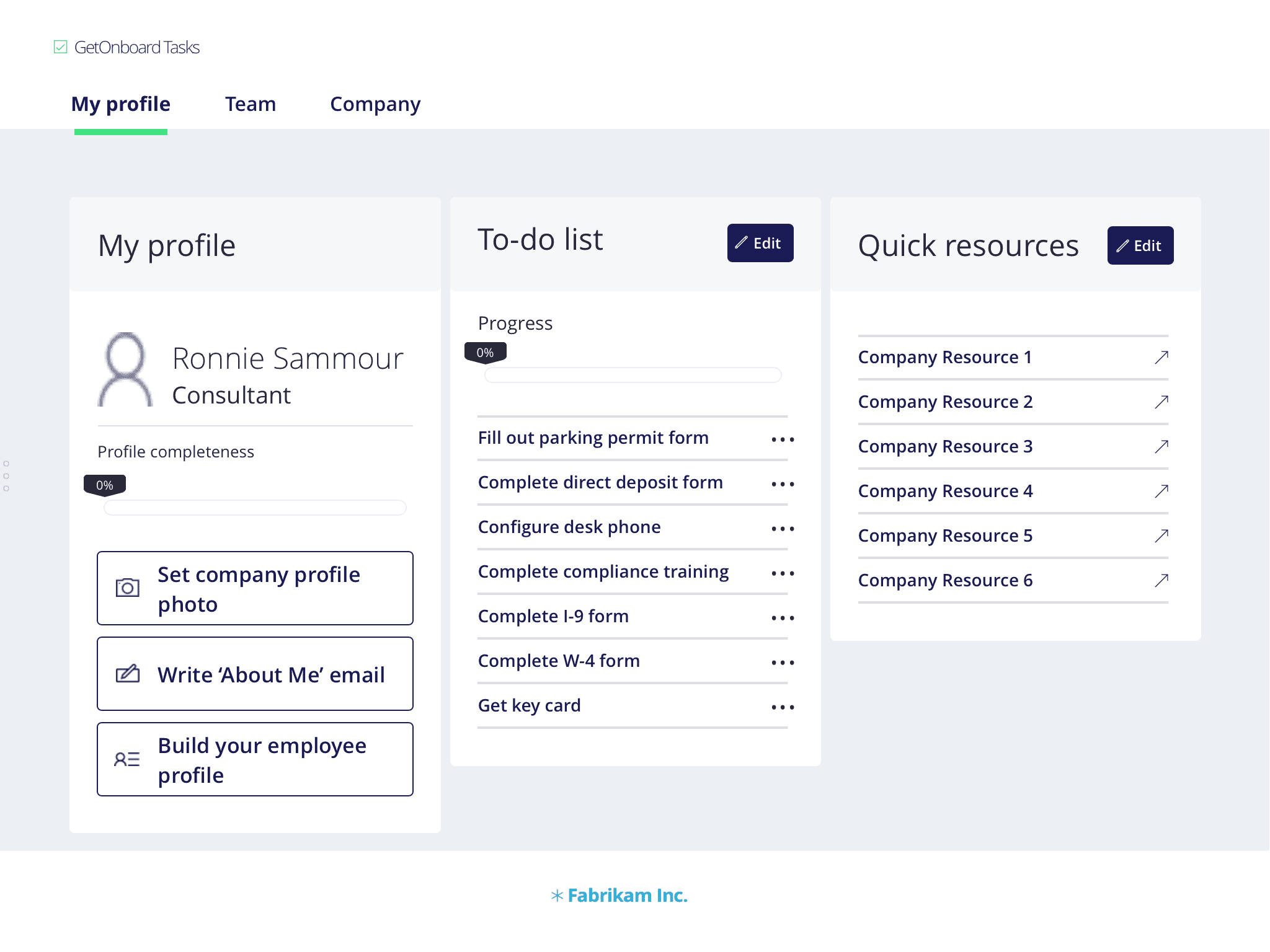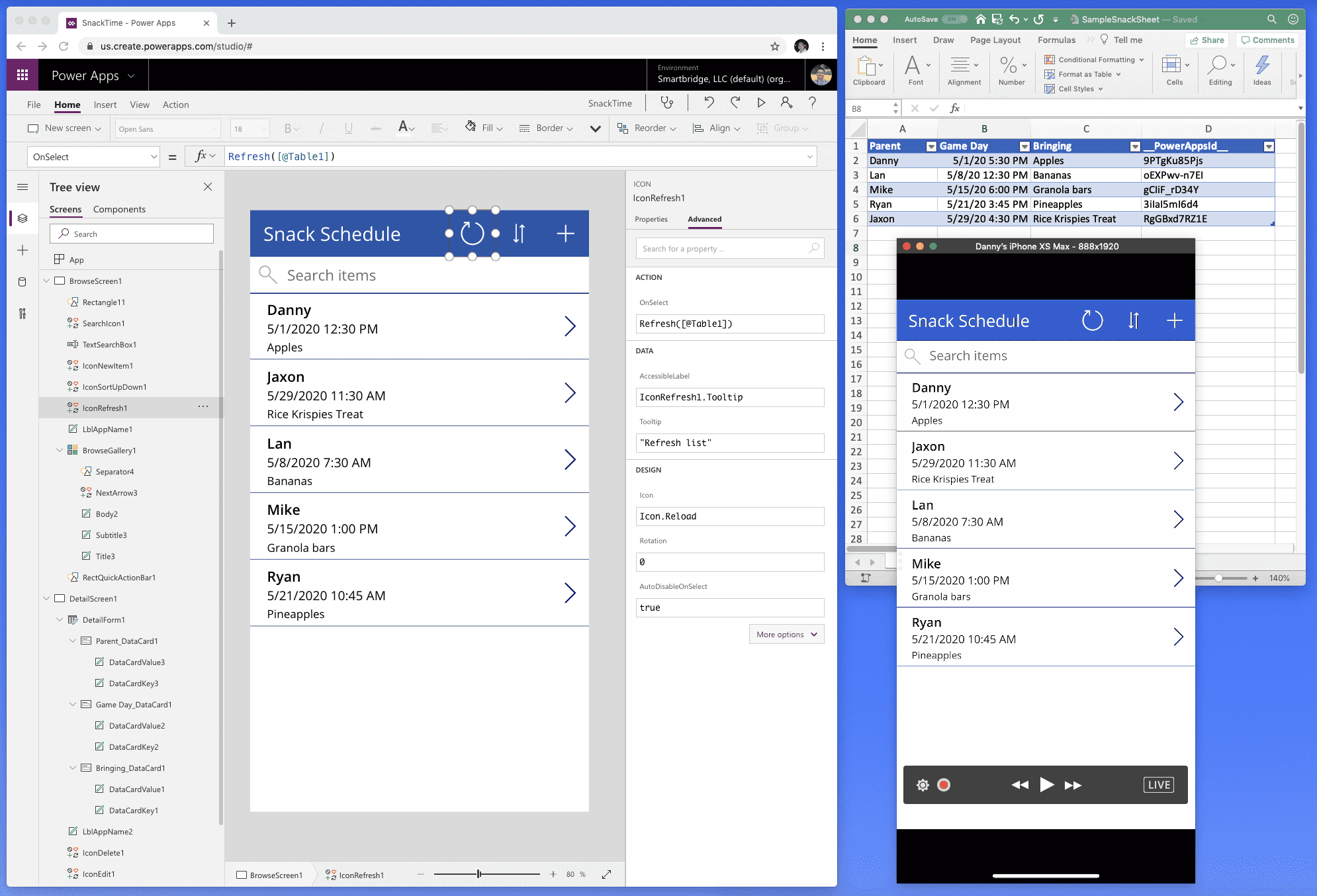Low Code vs. Traditional Development – A Digital Toolbox for Everyone
There goes a saying that a craftsman is only as good as his tools. However, in today’s digital workforce, are organizations giving their employees the right digital tools they need for the job? Organizations must gauge low code vs. traditional (or custom app) development solutions, the benefits of each, and how to make the choice.
A Digital Toolbox for Everyone
As an organization, trying to assess the quality of the digital tools offered to your employees can be overwhelming. A good business-to-employee (B2E) software selection strategy is needed in order to cover all the scenarios of what an organization needs to onboard, train and empower employees. These tools allow employees to effectively and efficiently collaborate, and communicate through a unified and virtual workspace.
Most companies typically approach their B2E efforts in the same way – with a strong dependency on a COTS (commercial, off-the-shelf) software. Communication tools like Skype, Microsoft Teams, or Slack are a few examples of this. Though these applications may sometimes be a great fit for your organization, there are times where they may not be enough. You could always use a combination of several different tools, but then you begin to stray more and more away from creating a comprehensive, unified workspace for your employees.

Low Code vs. Traditional Development (or Custom App Development)
A good B2E solution should not only give an employee the means to get their hands on the information they need promptly, but also provide a personal and easy-to-use experience to avoid user adoption hurdles. Thus, sometimes the best approach would be to build your own custom solution.
Every organization, and most certainly the people that comprise an organization, are different. Therefore, you need a B2E system that reflects your organization’s ingenuity. Apps deployed quickly on low code development platforms, or a full-blown custom application, can be great choice for this purpose. But how do you know which one is right for your organization? Let’s take a look at the two popular contenders here.
Low Code Development Platforms
Low code platforms are rapidly growing in popularity and adoption across many different industries, and for good reason. These platforms provide an all-in-one development and hosting environment for an application that can be tailor made to fit a variety of use cases. They boast a low cost of entry, and a distribution and subscription model that are a great fit for a B2E use case.
Among the most attractive benefits is the fast turnaround time and development cycles due to a primarily drag-and-drop, connector-based development environment. These platforms provide the rough building blocks that allow you to quickly create the application of your choosing, all while focusing on the actual problem and the business logic. On top of that, low code doesn’t mean low functionality. In fact, the opposite is quite true. Low code platforms often come with pre-built connectors and components that work with many mainstream applications out there. So there’s no need to recreate what has already been done for you, and it allows developers to focus on the core business logic required rather than spend time trying to figure out how to talk to a variety of different applications.
Though some of these platforms have their own limitations, the leaders in this space still provide a large number of options to ensure your application can integrate with existing systems without too much hassle.
Here are some examples of what low code development applications look like:
Benefits of Going the Low Code Route
Spend Less Time Building, More Time Using
- Low Code platforms contain everything you need to build, test, and deploy multiple apps to your organization. With the built-in user management functionality you can specify who your users are and deploy to them with just a click.
Fully Featured No Compromise Apps
- Today’s low code platforms are geared towards mobile and desktop platforms with access to hardware components like cameras, GPS, cellular connectivity, and touch screen input. They even support built-in offline functionality.
Easily Extend Functionality Using Pre-Built Templates
- Sample templates and programs can easily be downloaded and modified to match your specific business needs. Using templates allows for quick application development and deployment.
Integrate With Your Existing Platforms
- Low Code applications can be built to work with your existing infrastructure and enterprise applications. Built in connectors offer connectivity to most commonly used platforms such as Salesforce, SAP, Workday, Microsoft Active Directory and more.
Reduce Your IT Infrastructure
- Low Code application platforms are hosted in the cloud, offer great security, provide a scalable and highly available system. This translates to less servers for you to maintain, patch, and upgrade over time.
Low code platforms are made to be development-friendly environments, but there is a direct correlation between complexity and an increase in the number of requirements the application needs to satisfy for your organization (provided these cannot be met through the use of some template).
Although some organization’s needs may be able to be met without the need for any custom code, these are low-code solutions which will require some level of developer expertise and applications design. In addition, there may also be a need for some of the more robust features and tools of the platform to ensure the application hits the intended mark.
Before you decide low code is the way to go, let’s take a quick look at custom development in the traditional sense.
Traditional Development Platforms
As you would expect, traditionally developed custom applications provide the greatest amount of flexibility – the sky is essentially the limit here. A custom application done through traditional development can be made to satisfy even the most complex requirements, all the while having a true sense of individuality, and a look and feel that you simply can’t get with other options. In addition, any number of complex integrations can be built to ensure your application’s functionality won’t be limited by an inability to communicate with your organization’s systems.
However, going the custom applications route poses its own set of challenges as well. The development cycles can take much longer depending on the complexity of the application. In addition, an on-premise or cloud environment must also be configured to host any number of backend services the application may make use of, which comes with its own costs. Also, depending on the tools and frameworks used to develop the application, more work may be required to support multiple screen sizes, devices and out-of-the-box platforms.
When to Choose a Low Code Application
Choose a low code application if…
Some use cases ideal for low code applications include:
When to Choose Traditional Development for a Custom App
Choose a traditional development if…
A Strong B2E Development Strategy is Crucial
A solid Business-to-Employee (B2E) strategy will empower employees to improve overall efficiency and satisfaction within your organization. Employees can work smarter and be more productive when they are given the right tools to do their jobs. Whether you choose to go the low code path or the custom path (or you’re still on the fence), Smartbridge has many seasoned professionals that can work with you to help you make or reinforce your decision.
Together, we can help choose which of these paths is the right one for you and your employees, and begin paving the way to a better employee experience. If you book on our calendar or complete the form, we will connect you with an app development expert, skipping sales!
Looking for more on application development?
Explore more insights and expertise at smartbridge.com/modernization
There’s more to explore at Smartbridge.com!
Sign up to be notified when we publish articles, news, videos and more!
Other ways to
follow us:






